The Joy of Culinary Travel
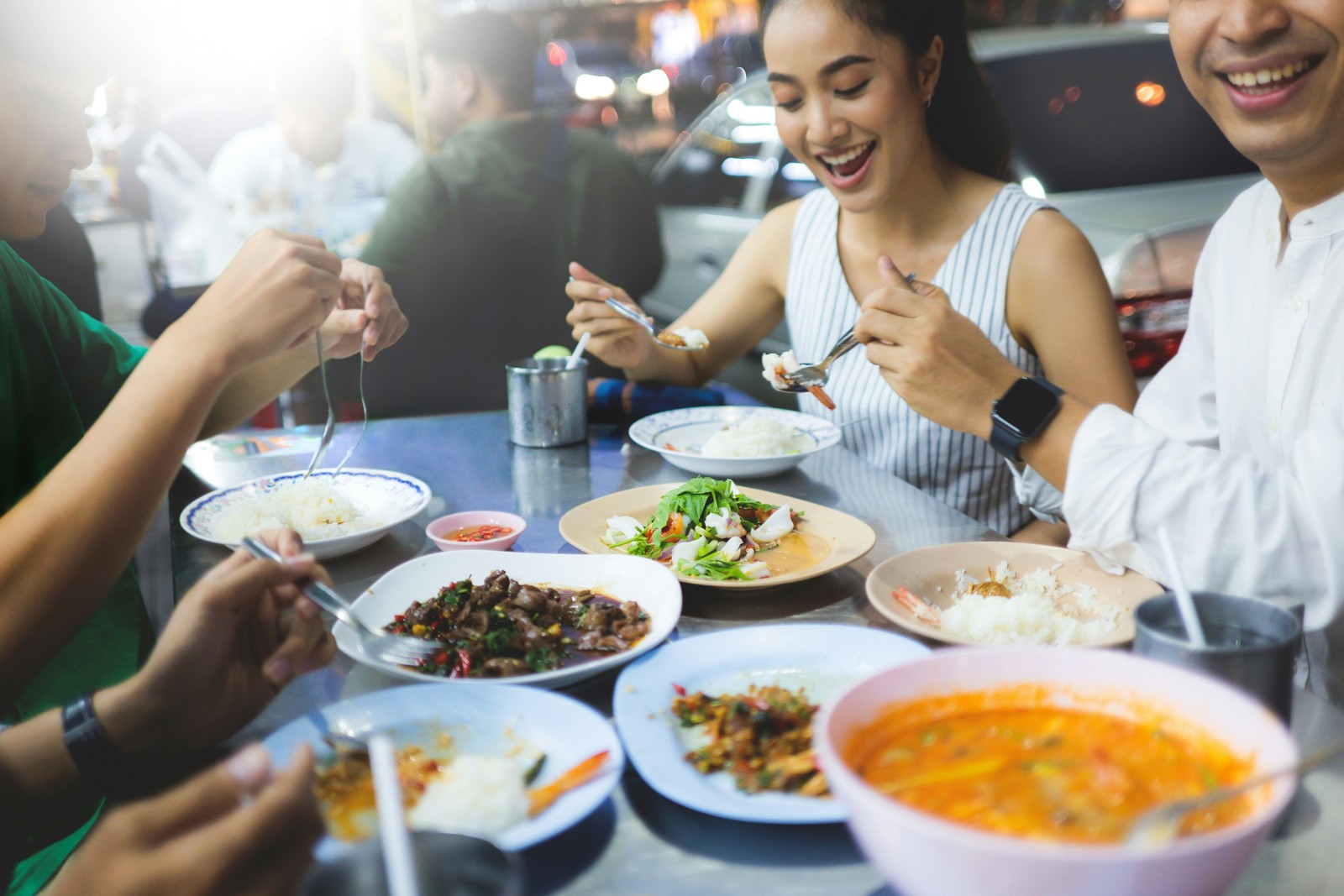
There is something unforgettable about the way food captures a moment. It could be a steaming bowl of soup after a long day of travel, or the first time you taste a dish you cannot quite name but will never forget. These sensory moments often become the highlights of our journeys, lingering in memory far longer than photographs ever could. That feeling is more than just nostalgia, and there is actually science behind it.
Researchers have found that our sense of smell is closely connected to the parts of the brain responsible for memory and emotion. That is why a single bite, a whiff of spices, or the scent of something baking can instantly bring back vivid memories of people, places, and moments. When we travel and taste something new, or something familiar in a different setting, we create powerful emotional connections. This is what makes the combination of food and travel so meaningful.

What Is Culinary Travel and Why It Matters
Culinary travel is the act of exploring a destination through its food. It is more than just trying new dishes, it is about understanding the ingredients, cooking techniques, food customs, and the stories behind each bite.
Every region has a culinary identity shaped by its geography, climate, history, and people. When you explore these layers, you go beyond tourism and begin to understand a place on a deeper level.
Food is also one of the most powerful markers of cultural identity. Researchers have found that what we eat reflects who we are and where we come from. Traditions, values, and beliefs are often passed down through recipes and shared meals. By participating in these food rituals while traveling, you are not just an observer, you become part of the story.
In addition, immersive food experiences like cooking with locals or exploring traditional markets can expand your worldview. Studies suggest that such cultural activities help increase empathy and open-mindedness. When you eat with someone, you connect with them. You listen, share, and learn. It is a universal language that creates understanding without needing to speak the same words.
How to Plan and Experience Culinary Travel
Culinary travel is flexible and can suit any budget or interest. You do not need to be a professional chef or a food critic. Curiosity and a willingness to try something new are more than enough.
Start by thinking about the kinds of food experiences that excite you. These might include:
- Tasting street food in a busy night market
- Learning to cook a traditional dish in a local kitchen
- Visiting farms or artisan producers
- Dining with locals at home or in pop-up events
You can add just one or two food-focused stops to your itinerary, or build your entire trip around culinary discovery. Cooking classes, market tours, food tastings, and seasonal festivals are widely available in many destinations.
To make planning easier, use tools like mobile apps, local food blogs, or language translation services to help you find and book authentic experiences. Once you are on the ground, stay curious. Ask questions, talk to vendors and home cooks, and try dishes you do not recognize. Every meal becomes a part of the story you are telling through travel.
When you approach food with curiosity and respect, even the simplest bite can become a lasting memory.
Top Culinary Destinations to Inspire Your Next Trip
Whether you are planning your first food-focused journey or looking for your next destination, these five places offer rich culinary experiences that go far beyond the plate.
Thailand
Thailand offers an unforgettable introduction to Southeast Asian cuisine. Bangkok’s night markets are a feast for the senses, where you can sample dishes like pad thai, mango sticky rice, grilled meats, and tom yum soup.
In Chiang Mai, the flavors shift to richer and more aromatic profiles, such as khao soi, a northern-style curry noodle soup topped with crispy egg noodles.
One of the best ways to enjoy Thai food is from street vendors. Meals are affordable, freshly made, and packed with flavor. Cooking classes are also a highlight, often held in local homes or farms. They typically include a market visit where you will learn about key ingredients like lemongrass, galangal, and kaffir lime leaves.
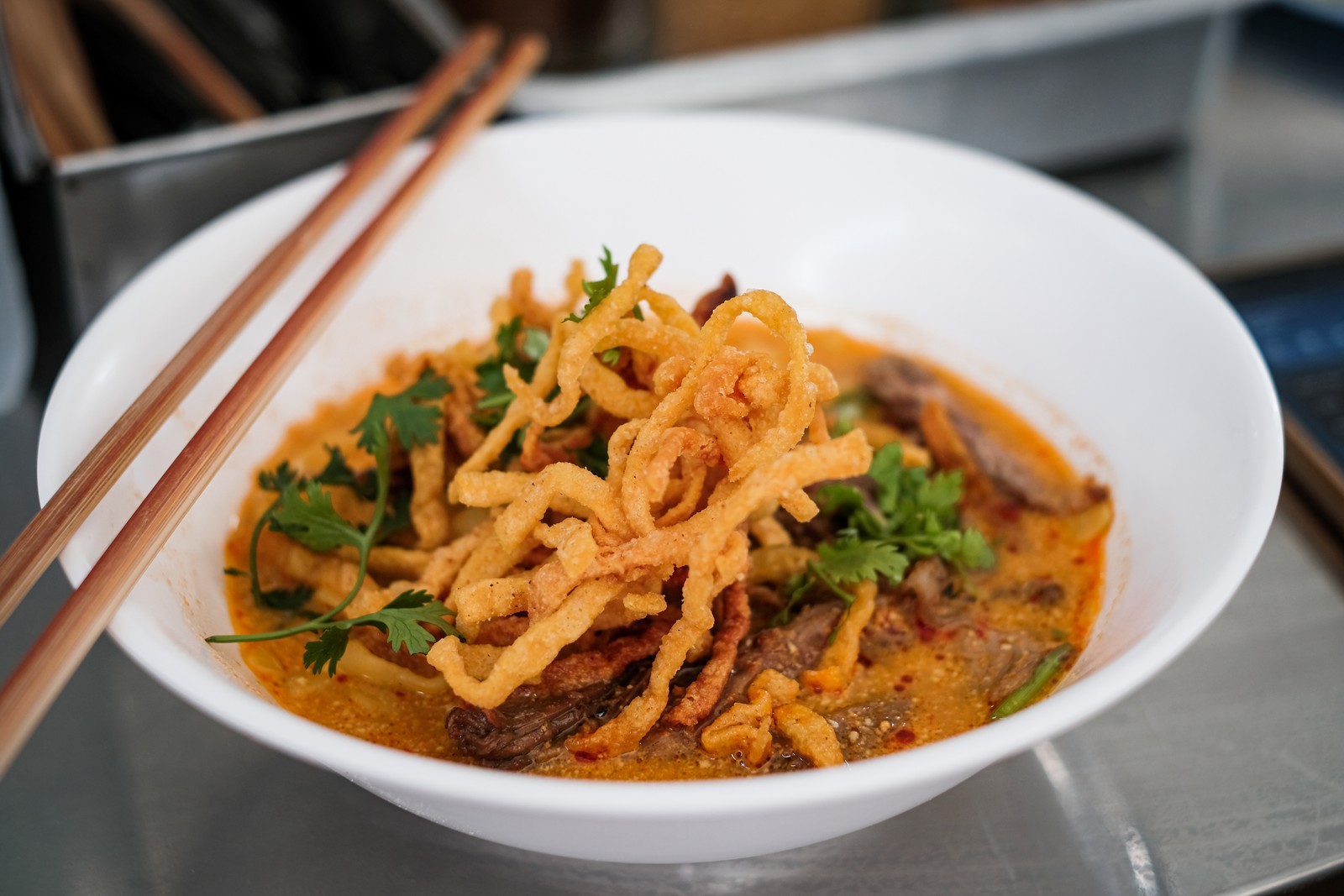
Must-try dish: Khao soi in Chiang Mai
Italy
Italy’s food culture is deeply tied to its history, families, and land. Each region celebrates its own culinary identity, and meals are often a slow, social affair. In Emilia-Romagna, try handmade tagliatelle al ragù. In Naples, pizza is more than food, it is a local institution. And in Sicily, dishes like arancini and cannoli reflect the island’s multicultural heritage.
To experience Italian cuisine at its best, explore local trattorias, bakeries, and food markets. Farm stays and vineyard tours also offer the chance to learn how wine, olive oil, and cheese are made. Even a quick espresso at a bar gives insight into the rituals of everyday Italian life.

Must-try dish: Pizza Margherita in Naples
Japan
In Japan, food is an art form guided by seasonality, precision, and presentation. Dishes like sushi, sashimi, ramen, and okonomiyaki are widely loved, but the experience of eating them in their cultural context adds depth. Kaiseki dining showcases a sequence of small seasonal dishes that reflect balance and aesthetic harmony.
For a well-rounded culinary experience, visit fish markets like Tsukiji in Tokyo, dine at izakayas, or take part in a tea ceremony. Convenience stores even offer surprisingly high-quality options for sampling snacks like onigiri or matcha-flavored sweets. Food in Japan is best appreciated slowly, with attention to detail and a sense of respect.
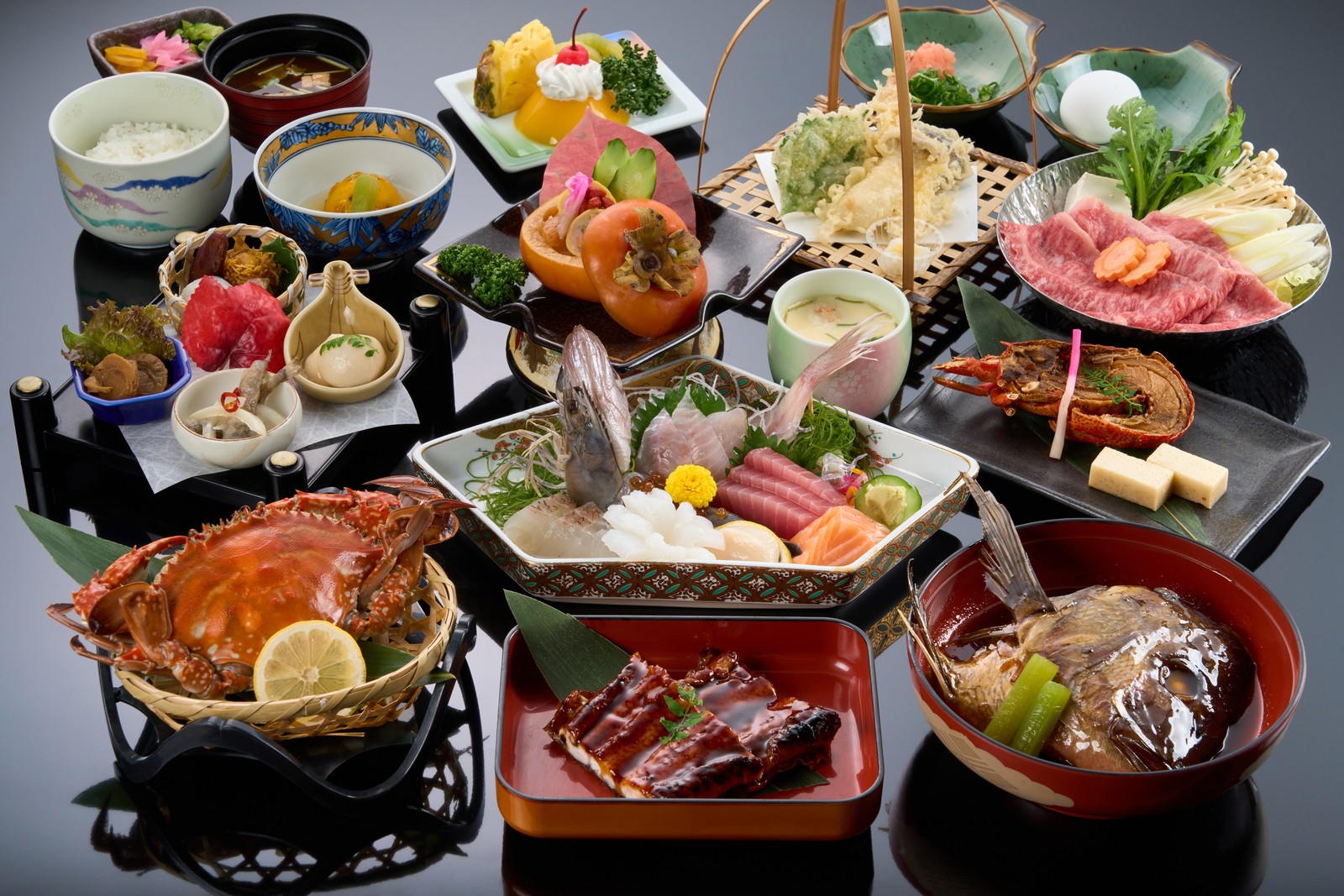
Must-try dish: Kaiseki dinner in Kyoto
Mexico
Mexican cuisine is bold, regional, and steeped in tradition. In Mexico City, enjoy tacos al pastor carved straight off the spit, tamales wrapped in corn husks, and elote topped with cheese and chili. In Oaxaca, sample seven types of mole, each with its own spice blend and preparation method.
Street food is essential for getting to know Mexican food culture. Markets like Mercado de la Merced offer endless discoveries. Cooking classes and mezcal tastings reveal more about the country’s ingredients and stories. Dining ranges from humble street carts to bustling cantinas and elegant colonial courtyards.
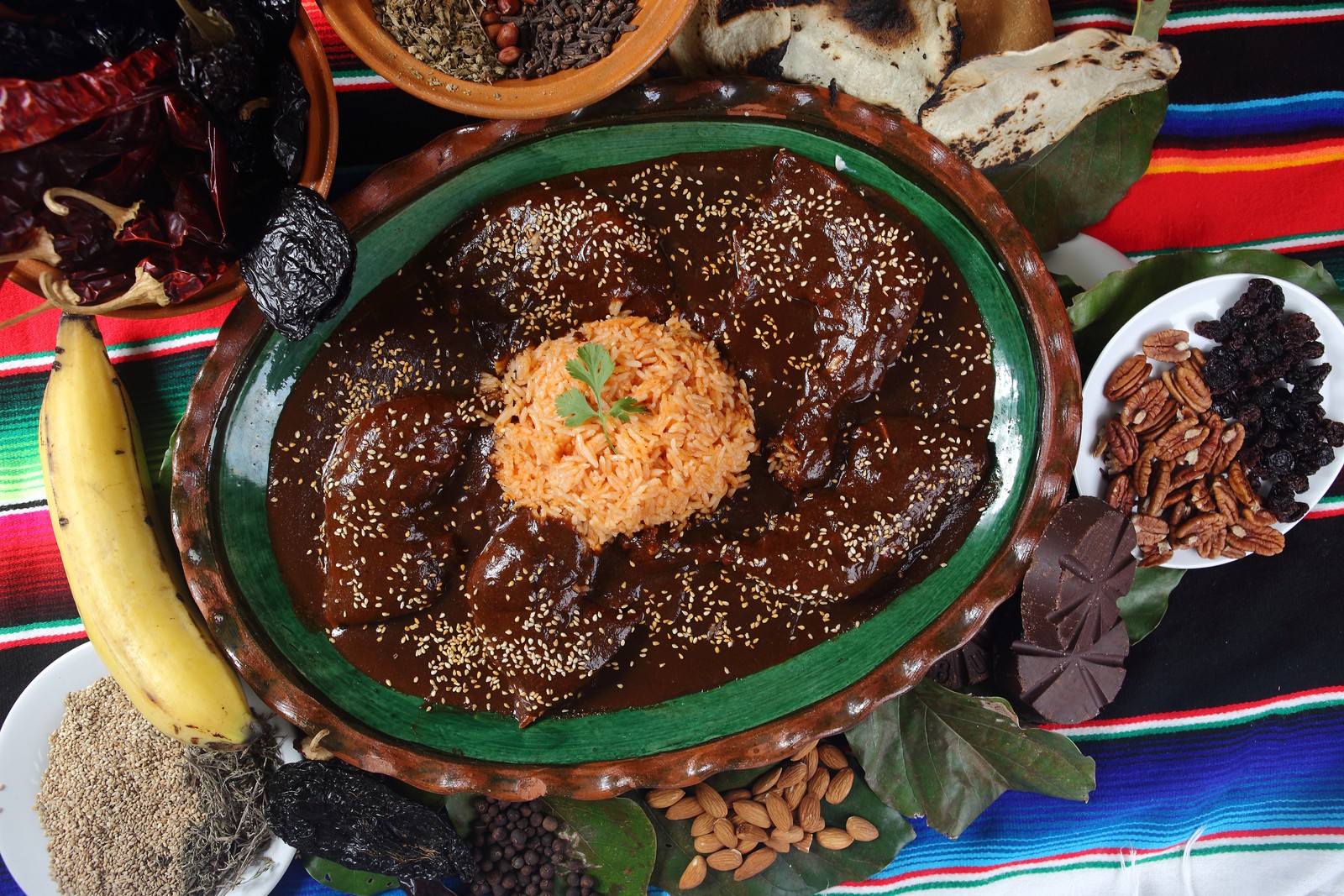
Must-try dish: Mole negro in Oaxaca
Vietnam
Vietnamese cuisine is fresh, fragrant, and all about balance. Pho is just the beginning. Try bun cha in Hanoi, a dish of grilled pork served with noodles and herbs, or banh xeo in Hoi An, crispy savory pancakes filled with shrimp and bean sprouts. Southern Vietnam offers sweeter dishes and tropical fruits.
The best way to experience Vietnamese food is on the street. Small plastic stools, bustling markets, and mobile vendors are part of the charm. A cup of strong iced coffee or a bowl of cao lau enjoyed under a tree is often more memorable than any restaurant. Cooking classes often start with shopping trips and end in shared meals, giving insight into daily routines and culinary traditions.
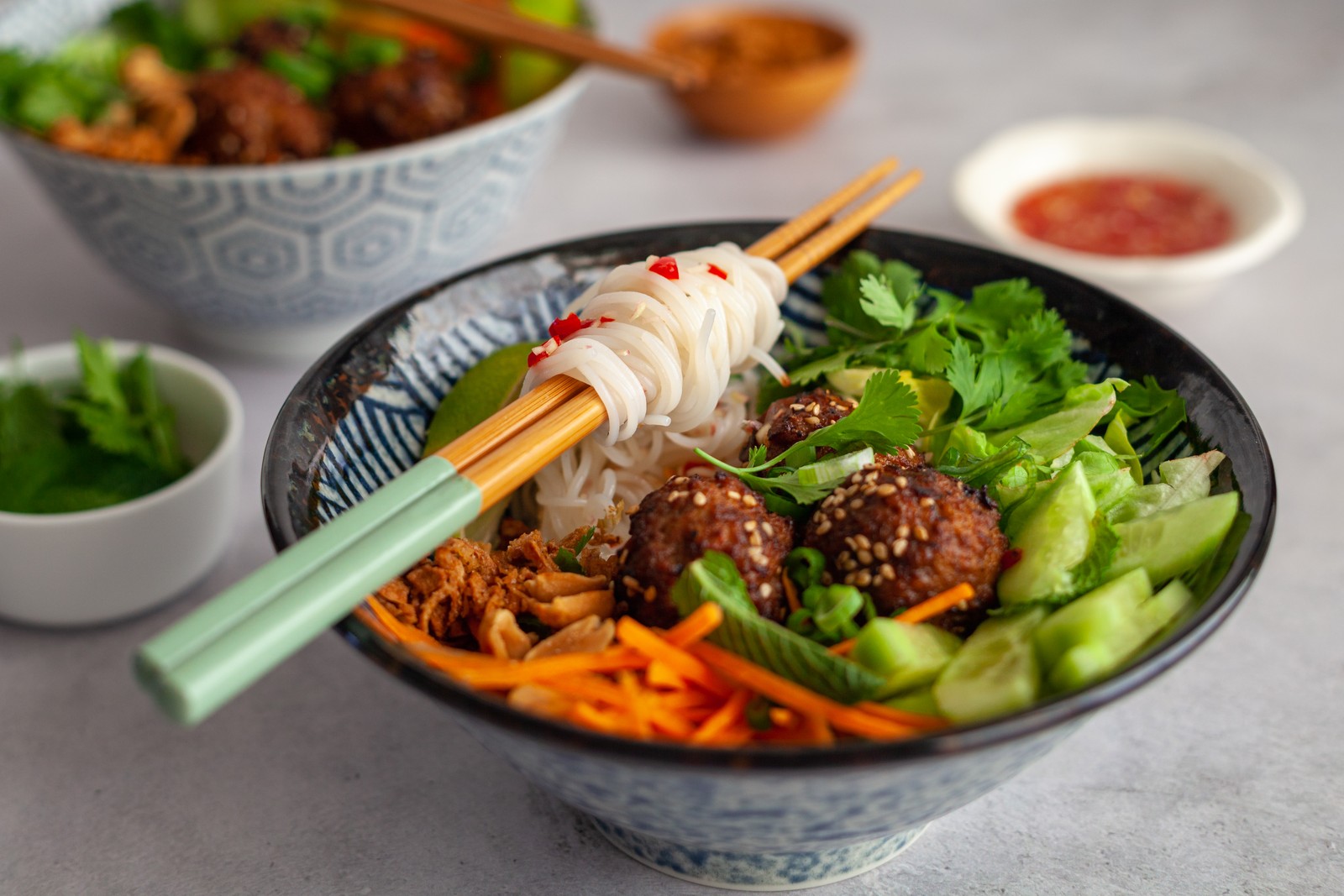
Must-try dish: Bun cha in Hanoi
Each of these destinations invites you to taste, learn, and connect in ways that traditional sightseeing cannot match. Wherever you choose to go, let your curiosity guide you to the heart of a culture, one bite at a time.
Hidden Flavors, Unexpected Journeys
The beauty of culinary travel is that it can happen anywhere, from iconic food capitals to lesser-known gems. While the countries mentioned above offer exceptional experiences, there are many more places waiting to be explored through food. You might find yourself eating injera in Ethiopia, enjoying seafood in Portugal, or sipping cardamom-infused coffee in Jordan.
Even within your own country, there are regions with distinct food cultures worth discovering. Culinary travel encourages you to slow down, ask questions, and connect with people. It reminds us that food is not just fuel, it is expression, tradition, and hospitality.
So whether you are planning a faraway journey or simply trying a new dish in your own city, let food be your guide. There is always a story behind what we eat, and the joy of discovering those stories is what makes culinary travel so rewarding.
Your next adventure might begin with a bite. Let it be delicious!
